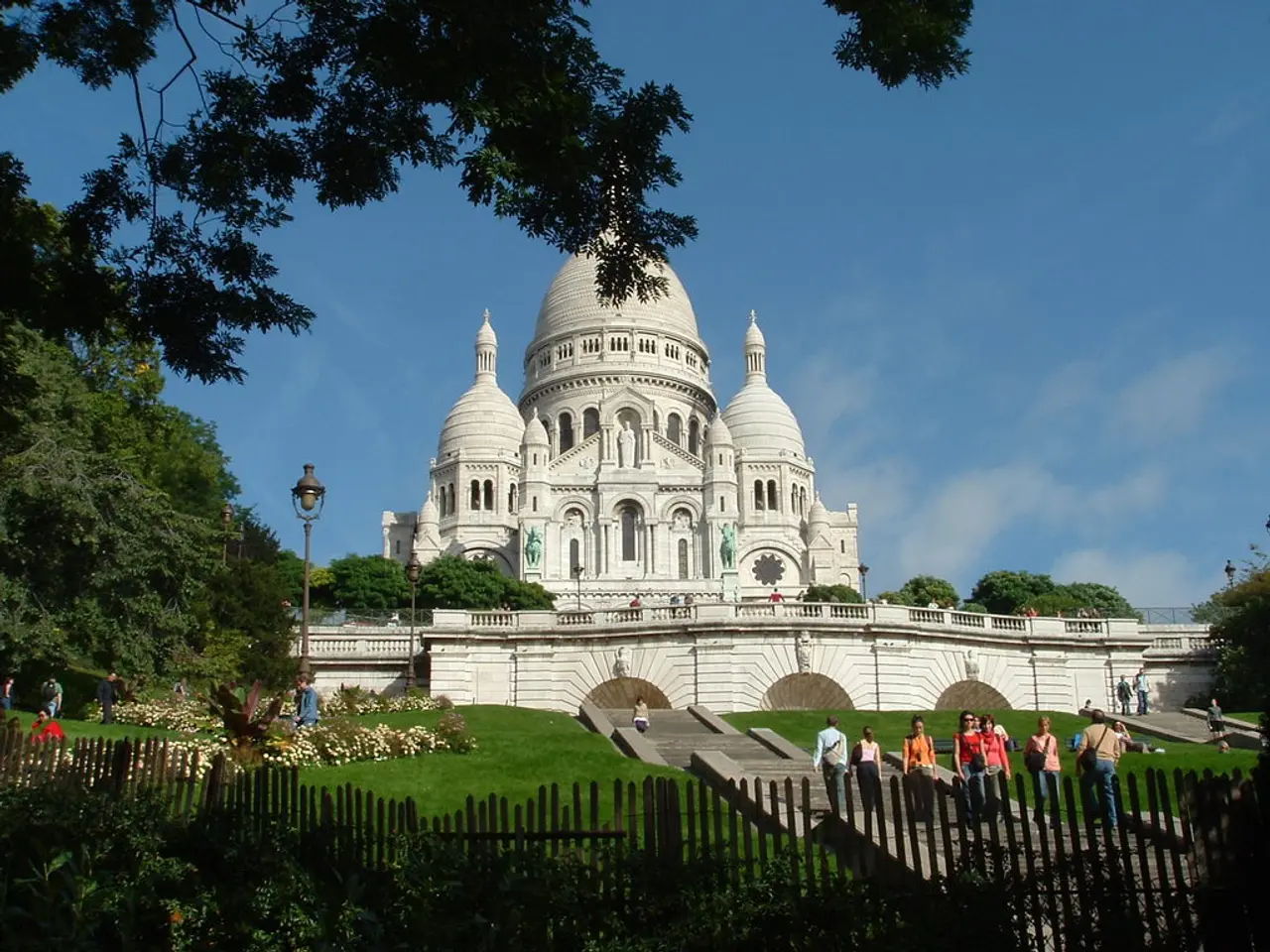Societal Shifts Throughout the Seasons
In the heart of Central Africa, the egalitarian Bayaka hunter-gatherers survive on a diet primarily consisting of wild yams, honey, and blue monkeys. This society, under the watchful eye of anthropologists like David Graeber and David Wengrow, has become a beacon of hope in challenging traditional narratives about the natural development of inequality in human history.
Graeber and Wengrow, among others, have observed that early human societies often practiced forms of social equality and cooperation. The Bayaka, for instance, change their social structure based on the dry season (Mouanga) or rainy season (Pela). During the dry season, they live in large groups near villages and cultivate cassava and fish. In the rainy season, they disperse into smaller groups to collect honey, caterpillars, and mushrooms.
This adaptability is not unique to the Bayaka. Anthropologist Franz Boas noted similar seasonal transformations among the Kwakiutl, an indigenous people living along the Pacific coast of present-day Canada. The Kwakwa̱ka̱ʼwakw lived in villages characterized by strict hierarchies and grand ceremonies during the winter, while in the summer, these rigid structures dissolved, communities dividing into smaller, more flexible groups.
The flexibility of these societies challenges assumptions about what is "natural" for human societies, including gender roles, hierarchies, and the size of social groups. The members of these communities were so aware of the political nature of their practices that they even changed their names when adopting new social positions for winter ceremonies.
Archaeologists have historically categorized societies into fixed types, with small mobile hunter-gatherer groups considered the most elementary form of social organization. However, examples like the mammoth bone houses and the massive stone enclosures of Göbekli Tepe overturn this narrative, indicating that societies did not follow a single political trajectory but alternated between different modes of organization.
Archaeological remains may tell a more complex story, suggesting that not all monumental architecture required a ruling class. Before agriculture, hunter-gatherers were building large structures, such as circular houses from mammoth bones and seasonal gathering sites, over 18,000 years ago.
This adaptability underlies our species' ability to thrive in almost all of Earth's ecosystems. Yet, many residents of the "western world" today live in systems where inequalities keep worsening, without an integrated mechanism to restore balance. The Bayaka's fluid groups that come together or split apart based on resource availability serve as a reminder of the potential for social systems that prioritize cooperation and equality.
French anthropologist Claude Lévi-Strauss documented similar seasonal transformations among the Nambikwara, an Amazonian indigenous group. Rituals like Ejengi, which brings together hundreds of people during the dry season, become intimate practices among close friends and family during the rainy season. Other rituals, like Eboka, which commemorate the death of a loved one, only take place during the dry season among the Bayaka.
In conclusion, the Bayaka's way of life offers a fascinating perspective on the potential for fluid, adaptable social structures. Their society challenges assumptions about the natural development of inequality and provides a model for societies that prioritize cooperation and equality. As we navigate the complexities of modern life, the Bayaka's story serves as a reminder of the potential for human societies to evolve and adapt in ways that promote harmony and balance.




